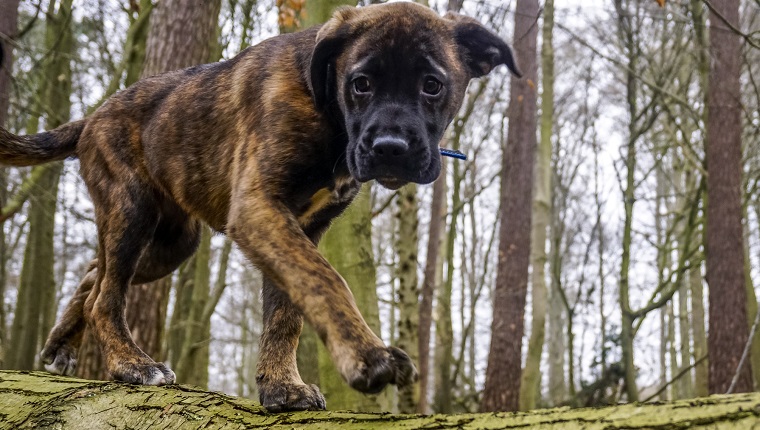More and more animals end up on the list of endangered species each year. Human activity is often to blame, and as natural habitats become unable to support their own ecosystems, animals start to move into human domains. It doesn’t help that humans are also stretching their living spaces into these habitats.
These growing changes in natural habitats can lead to some unwanted interactions…




